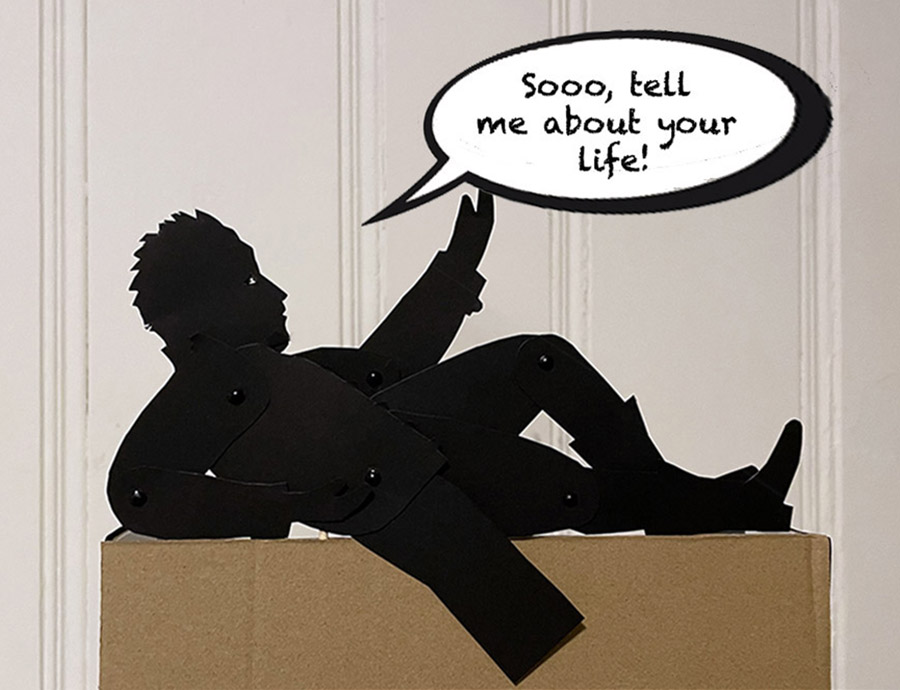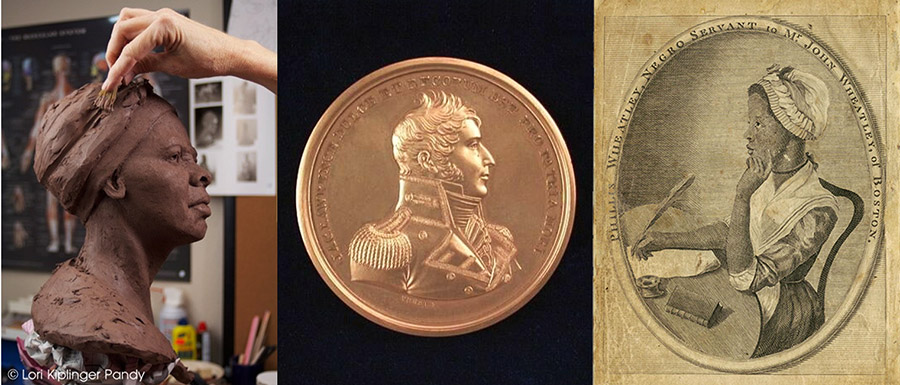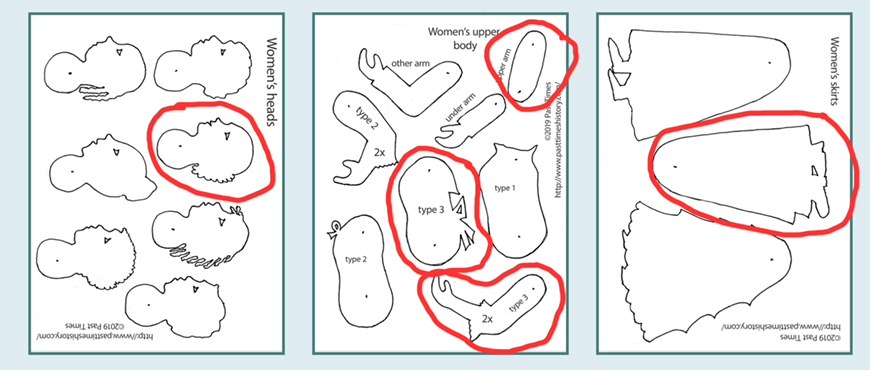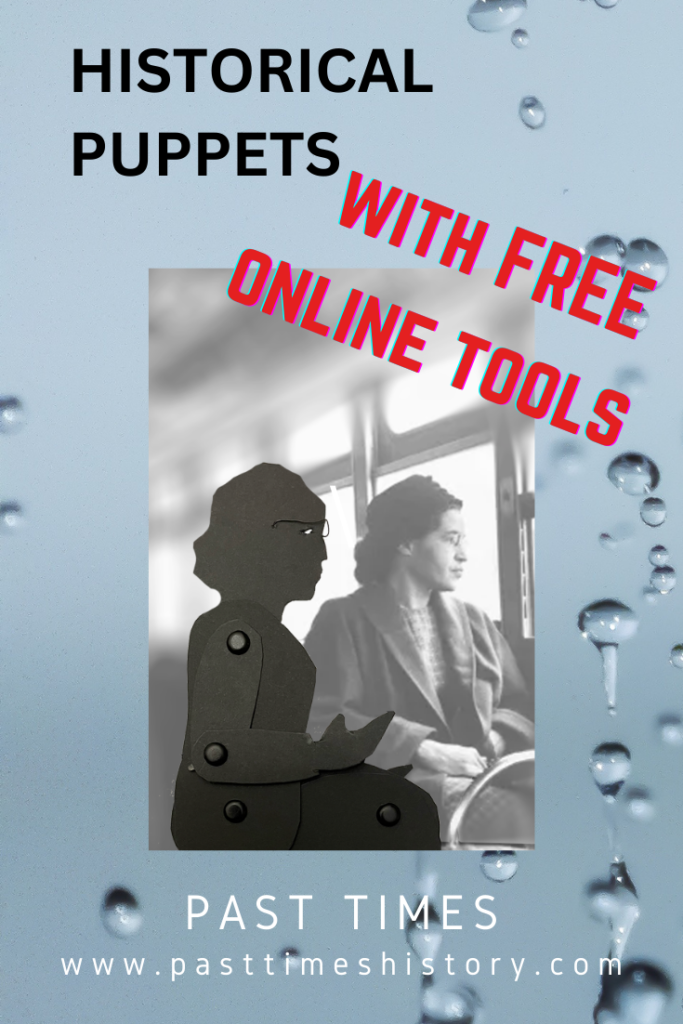Many posts on this site have been about using silhouette puppets to engage with history by acting out stories. However, they can also be great for language arts, allowing students to interact with a historical figure by speaking for or through a puppet. Teacher of German Angélique Arts describes in her article If you can’t say it, take a puppet! how it helped her students be less shy or fearful to speak.
Talking puppets

Angélique Arts let her college students research their historical figures in order to comment on the present from the puppets’ perspectives. For younger children, however, just doing research about their historical figures and letting the puppets talk about their lives — or interview others — may be enough. You don’t have to be limited to the puppets in our Printable Library that I created for Black History Month. Most were designed using an online tool to turn a profile into a silhouette. But with the new free apps that remove backgrounds from photos it has become much easier to make a puppet of any person without tracing a profile.
Finding a profile

For puppets of people of whom no photos or portraits are available, students can choose a profile in the Mix and Match section of the Printable library. They can adjust the heads as needed, changing hairstyles and facial hair based on the fashion at the time (Google it!). When images of their persons are available but they are not looking sideways, students can adjust existing profiles in the Printable Library too. If an image with a clear profile is available (which does not have to be a photograph, as shown above) they can download it or make a screenshot, and remove the background in a free app like Background Remover (which works with all resolutions) or Remove Image Background (lower resolutions). Neither require registration and work instantly. In the video tutorial below is shown how to do this, and get the profile in the right size using Google Drawings.
Choosing the body

To make a puppet’s body there are three kinds of patterns in the Printable Library.
- Separate body parts for men, women, and children in the 19th Century People (Mix and Match) section. Clothing is roughly based on 19th century fashion, but may also be used or adjusted for people for an earlier or later time period.
- Full body patterns for particular historical figures, where you just replace the head.
- Generic patterns for men, women, and children in the section Puppet Templates to Use with Profile Silhouettes. Lengths and widths can be adjusted in Google Drawings to make puppets smaller, slimmer, or more rotund.
The size of the profiles that students found online can be adjusted in Google Drawings to make them match the bodies. How to do that is shown in an instructional video in the following section.
Using Google Drawings
The video below shows how you can find an image of a profile online, remove the background with a free online tool, and adjust the size in Google Drawings to match it with a body from the Printable Library.
Once students have downloaded the adjusted pattern they should attach the head to black poster board like all other body parts, but cut the neck like in the old pattern. Once the neck is attached to the upper body and arms they should turn the head forward and backward and cut away any paper that sticks out.
- Supplies
- How to move puppets
- A step-by-step guide how to make puppets from templates (including how to make glasses)
Presentation
For optimal interaction with the puppet using corrugated cardboard stands to present the puppets will be be easiest. Alternatively, for puppets interviewing each other or otherwise interacting, students can use a frame made from a box or tri-fold presentation board, available in office supply and craft stores. To maximize interaction between puppets and puppeteers a shadow screen is not required. If you want to try it, however, a sheet of tracing paper or architectural vellum is easily attached. More instructions about shadow theater can be found below.


